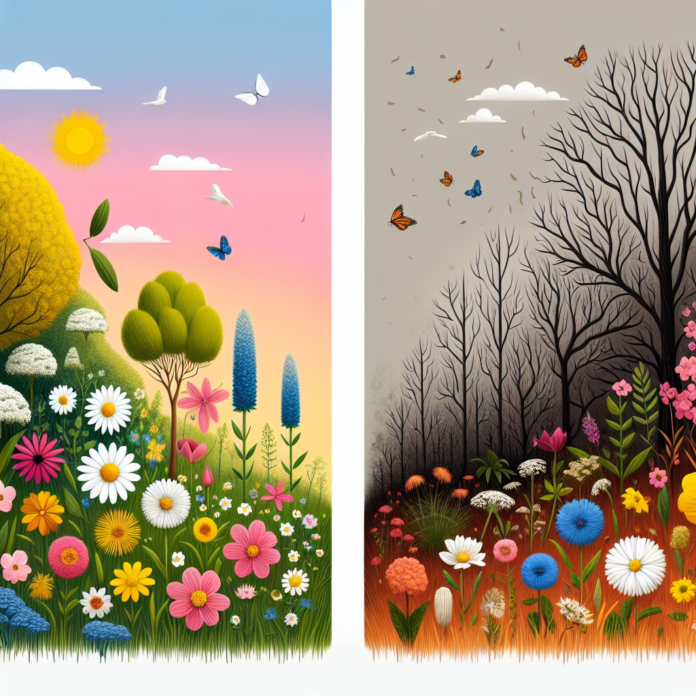Sneezing and Climate Change: A Connection Explored
Living on Earth
Sneezing and Climate Change
As we navigate the complexities of living on our planet, one of the intriguing connections that emerges is the relationship between sneezing and climate change. While sneezing is often associated with allergies, colds, and respiratory infections, it can also be influenced by environmental factors that are exacerbated by climate change.
The Mechanism of Sneezing
Sneezing is a reflex action that occurs to expel irritants from the nasal cavity. When foreign particles like dust, pollen, or pathogens enter the nose, the body responds by triggering a sneeze to clear these irritants. The process involves a coordinated effort from the respiratory system, nervous system, and muscles, resulting in a sudden and forceful expulsion of air through the nose and mouth.
Climate Change and Allergens
Climate change significantly impacts the distribution and concentration of airborne allergens. Rising temperatures and increased carbon dioxide levels contribute to longer growing seasons for plants, leading to earlier and more intense pollen production. For instance, ragweed, a common allergenic plant, produces more pollen in warmer conditions, which can exacerbate allergic reactions and respiratory problems in sensitive individuals.
Air Quality and Respiratory Health
Additionally, climate change affects air quality through increased emissions and higher levels of air pollutants. Wildfires, intensified by changing weather patterns, release smoke and particulate matter that can irritate the respiratory system, leading to more frequent sneezing and other allergy-like symptoms. Urban areas may experience worsened air quality, further affecting public health as respiratory issues become more prevalent.
Increased Respiratory Infections
Moreover, changing climate conditions can alter the patterns of respiratory infections. Warmer winters may lead to prolonged exposure to viruses, while increased humidity can create an environment conducive to the spread of pathogens. This combination may result in a higher incidence of colds and flu, leading to an uptick in sneezing and respiratory distress among populations.
Adaptation and Mitigation
As we address the challenges posed by climate change, it becomes essential to consider public health strategies that focus on improving air quality and reducing allergen exposure. This includes implementing green spaces in urban planning, promoting sustainable agricultural practices to manage pollen-producing plants, and enhancing public awareness about the impacts of climate change on respiratory health.
Conclusion
Understanding the connection between sneezing and climate change highlights the broader implications of environmental changes on human health. By recognizing these links, we can better prepare for the health challenges posed by a changing climate and work towards creating a healthier planet for future generations.


